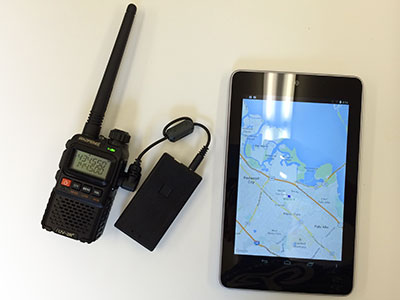Hey everyone,
I am designing and building my Level 2 rocket as well as a Tracker/Altimeter from scratch. I have some experience designing embedded systems and working with sensors. I am hoping to get other people's input to the design and what features would be good to add.
In general, I want to make a Tracker with several miles of coverage and an Altimeter with multiple deployment charge channels capable of dual deployment and staging. The system will transmit all telemetry and will be able to accept commands from a simple ground station that plugs into a computer over USB. I will be designing the circuits boards and writing the software from scratch.
Detailed features and specs are...
-Definitely small enough to fit in 38mm, maybe within 29mm rocket
-GPS module
-500mW Transmission power in the 900Hz ISM band (Not HAM)
-Pressure sensor accurate to a foot
-Either an IMU (Accelerometer, Gyroscope, Magnetometer) or a high G one axis accelerometer. (Would like an opinion on this)
-On board storage for flight data
-Multiple charge channels, at least two
-Smart Altimeter than can also handle staging
-Radio controlled settings, read out of real time telemetry and location, even control of charge channels
-Powered by LiPo battery with charging circuit on board
-Single Micro USB connector for charging and data transfer to a computer
I look forward to your input on what you think makes a good rocket Tracker/Altimeter (Don't really know what to call it exactly)
I am designing and building my Level 2 rocket as well as a Tracker/Altimeter from scratch. I have some experience designing embedded systems and working with sensors. I am hoping to get other people's input to the design and what features would be good to add.
In general, I want to make a Tracker with several miles of coverage and an Altimeter with multiple deployment charge channels capable of dual deployment and staging. The system will transmit all telemetry and will be able to accept commands from a simple ground station that plugs into a computer over USB. I will be designing the circuits boards and writing the software from scratch.
Detailed features and specs are...
-Definitely small enough to fit in 38mm, maybe within 29mm rocket
-GPS module
-500mW Transmission power in the 900Hz ISM band (Not HAM)
-Pressure sensor accurate to a foot
-Either an IMU (Accelerometer, Gyroscope, Magnetometer) or a high G one axis accelerometer. (Would like an opinion on this)
-On board storage for flight data
-Multiple charge channels, at least two
-Smart Altimeter than can also handle staging
-Radio controlled settings, read out of real time telemetry and location, even control of charge channels
-Powered by LiPo battery with charging circuit on board
-Single Micro USB connector for charging and data transfer to a computer
I look forward to your input on what you think makes a good rocket Tracker/Altimeter (Don't really know what to call it exactly)




